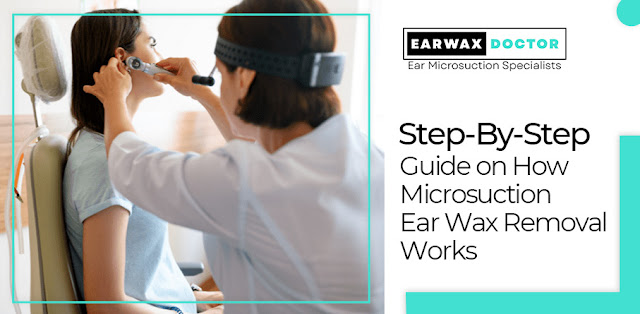Microsuction is a non-invasive method. It can be used to remove extra wax from the ear canal. A suction instrument is carefully put into your ear to extract the ear wax. The net effect of all this is an improved state of hearing. With the help of a microscope, Earwax Doctor Experts will be able to see your ear canal clearly during the procedure. Search with microsuction ear wax removal near me and Earwax Doctor can securely remove any wax that might be preventing you from hearing in this way.
The Primary Advantages of Using Microsuction to Remove Ear Wax
Medical professionals are supplied with a clear view of the ear. A binocular microscope is utilized during this treatment to provide the doctors with extremely clear views of the ear canal and any wax.
Because it doesn't include water, this method is more hygienic than others. Water does not need to be rushed into the ear during microsuction ear wax removal, in contrast to ear syringing.
The Process of Microsuction as Explained: the Whole Procedure
What can you anticipate from a microsuction operation consultation appointment? Earwax Doctor audiologists adhere to the following protocols:
Consultation
The consultation that precedes the appointment is the first step in the procedure. We'll question you about your overall medical history, any previous ear problems, and your current symptoms. You can rest easy knowing that microsuction is an appropriate and safe alternative for you.
Analysis:
Next, we'll use an otoscope to examine your ear in more detail. This equipment allows for a good view of the ear canal and any blockages caused by earwax. Experts look for earwax and evaluate the state of the ear canal as part of the examination.
Read More:- https://earwaxdoctor.co.uk/blogs/news/step-by-step-guide-on-how-microsuction-ear-wax-removal-works

Comments
Post a Comment